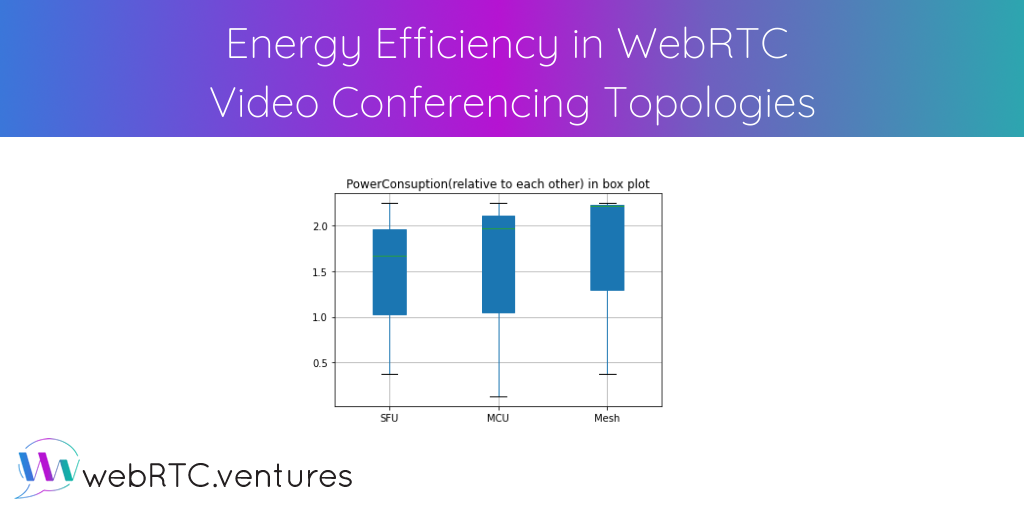
Last year, I attended the RTC.ON conference organized by Software Mansion for the first time. I shared my take on the conference in this WebRTC.ventures blog post: A WebRTC Developer’s Take on RTC.ON 2024. I also spoke at the 2024 conference, a recording of that talk is

Session Initiation Protocol (SIP) and WebRTC are both essential technologies in the field of real-time communications, particularly for voice and video over IP. While they serve complementary roles, they operate differently and have distinct functionalities. In this post, we explore how to architect the integration of WebRTC

WebRTC is more popular than ever, and is supported by more browsers than ever. But that doesn't make building with WebRTC any easier!

Mesh, MCU, or SFU architectures help scale WebRTC for group calls. There are advantages to each, depending on the use case and concerns around quality, cost, and network congestion. But how does each compare in terms of energy efficiency? In her last post of the series, Altanai Bisht compares server side and client side consumption in these different topologies.






